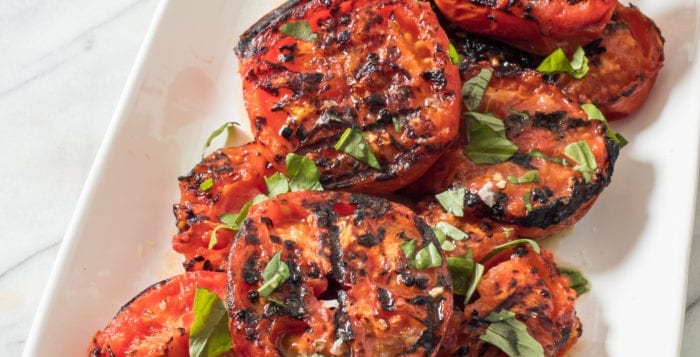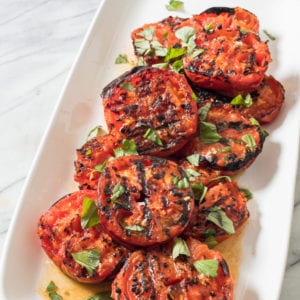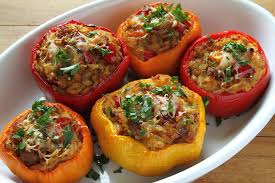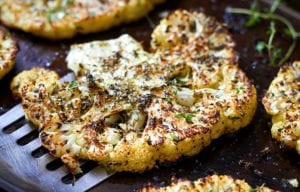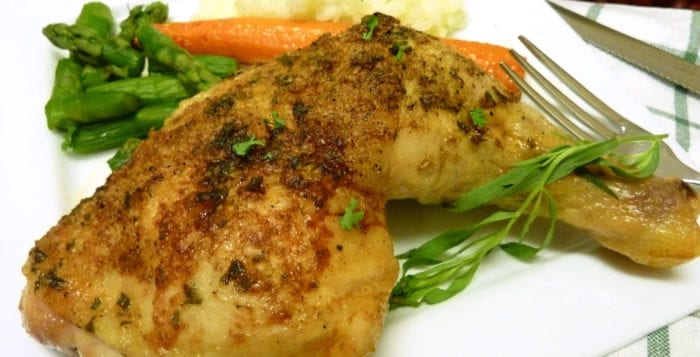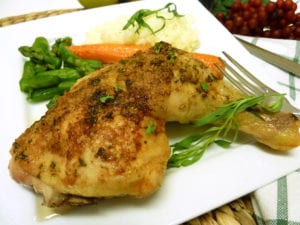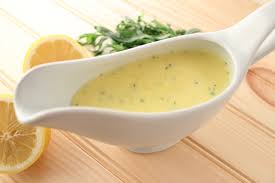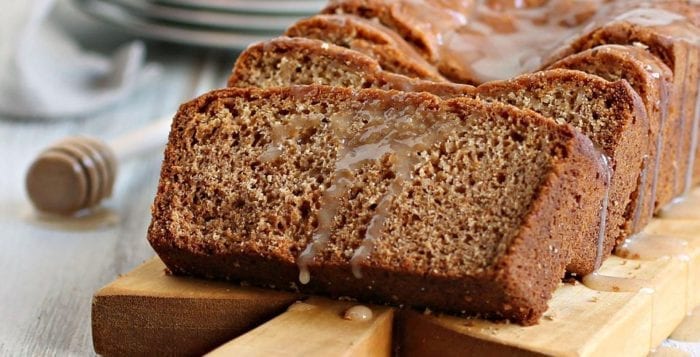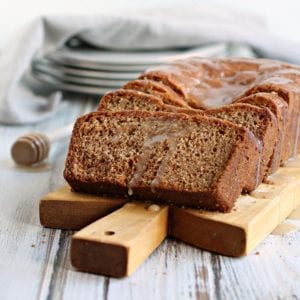By Barbara Beltrami
When in doubt about what to say about something, I always go to good old Ralph Waldo Emerson, my favorite quotable person (except for my grandmother). And, sure enough, he has come through for me again. He writes, “There are only ten minutes in the life of a pear when it is perfect to eat.” And that’s the truth.
Not ripe and it is flavorless and resistant to the bite. Overripe and it’s a sloppy, juicy mess. And how quickly it morphs from one to the other. That’s if you’re going to eat a pear au naturel. But suppose you miss that 10-minute window, then what? Here are some recipes to save the day and the pear.
Pear and Arugula Salad with Prosciutto and Goat Cheese
YIELD: Makes 4 servings
INGREDIENTS:
4 generous handfuls fresh arugula
4 firm ripe pears, pared, cored, halved and cut into ¼-inch slices
8 slices prosciutto
Four 1-inch-thick slices herbed goat cheese
4 to 6 ounces raspberry vinaigrette
DIRECTIONS:
Place one handful arugula on each of four salad plates. Arrange pear slices in a petal formation over arugula; lay prosciutto slices attractively over pears; top with goat cheese. Drizzle with raspberry vinaigrette and serve at room temperature with toasted baguette slices and dry white wine.
Pear-Custard Pie
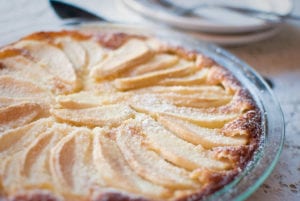
YIELD: Makes 8 servings
INGREDIENTS:
1 prebaked 8- or 9-inch pie crust
3 not quite or just ripe pears, pared, cored, halved and sliced thin
1/3 cup granulated sugar
1/3 cup flour
¾ cup milk
3 eggs
2 teaspoons vanilla extract
1/4 teaspoon salt
Confectioners’ sugar
DIRECTIONS:
Preheat oven to 350 F. Line pie crust with pear slices in a slightly overlapping pattern. In a blender or food processor combine the sugar, flour, milk, eggs, vanilla and salt. Pour mixture over pears. Bake 40 to 50 minutes until knife inserted in center comes out clean, top is golden and custard is firm to touch. Let sit 30 minutes before sprinkling with confectioners’ sugar. Serve warm or at room temperature with coffee, tea, a dessert wine or milk.
Pears Poached in Red Wine
YIELD: Makes 4 servings
INGREDIENTS:
½ 750-ml bottle of dry red wine
2 to 2½ cups water
11/3 cups sugar
2 cinnamon sticks
4 to 6 cloves
3 orange slices with rind
4 slightly underripe pears, pared, cored and stem left on
DIRECTIONS:
Combine wine with all ingredients except pears in 3-quart or similar size saucepan. Place pears in liquid. Cover and simmer over low flame, turning frequently and basting so fruit becomes evenly stained by wine, until it is tender but firm, about 45 minutes depending on size of fruit. Remove pears and set aside; continue cooking poaching liquid over medium heat until it is thickened and syrupy, about 10-15 minutes. Return pears to hot liquid and turn to coat evenly. Remove pan from heat. Serve warm drizzled with thickened liquid and accompanied by Gorgonzola cheese and biscotti.

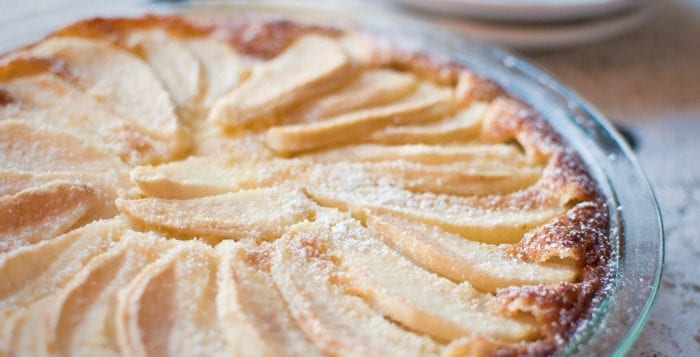
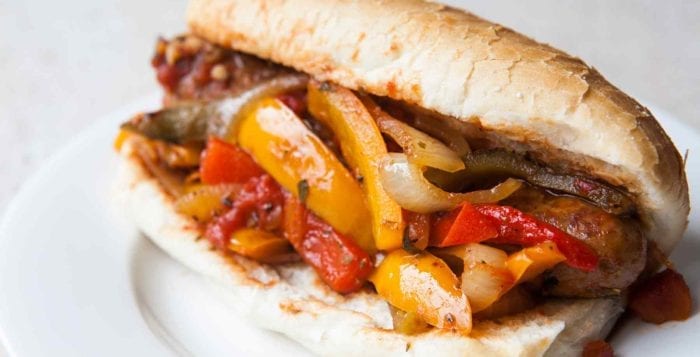
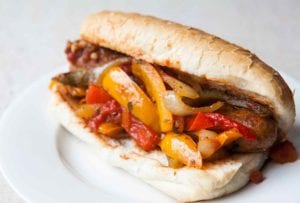
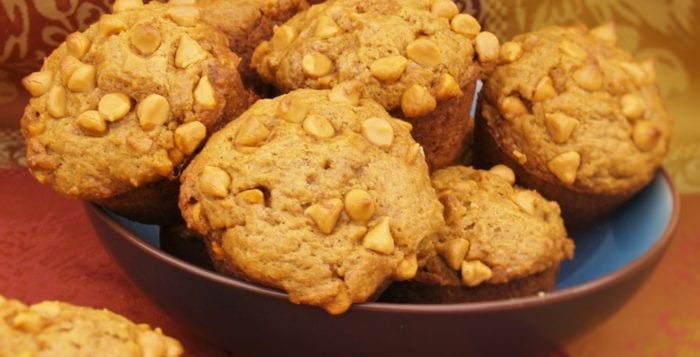

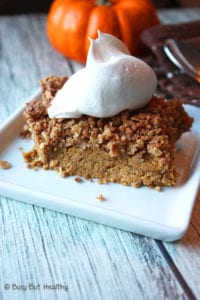
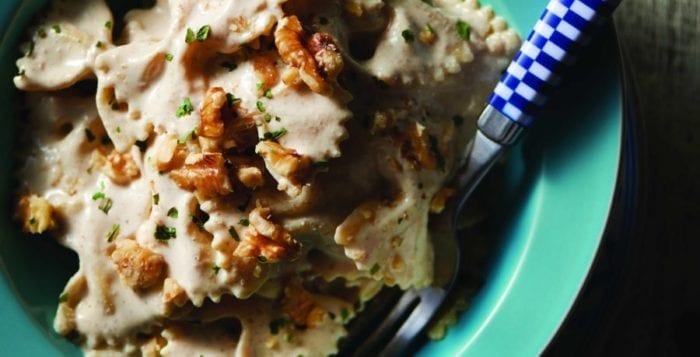
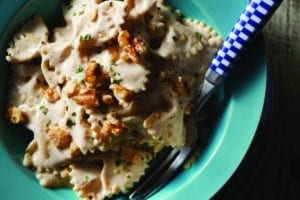
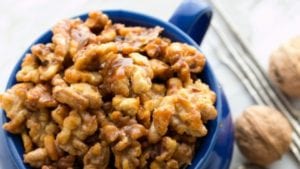
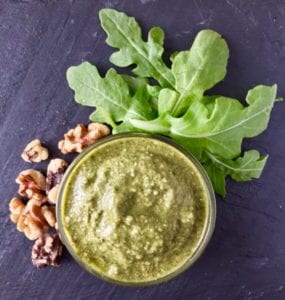
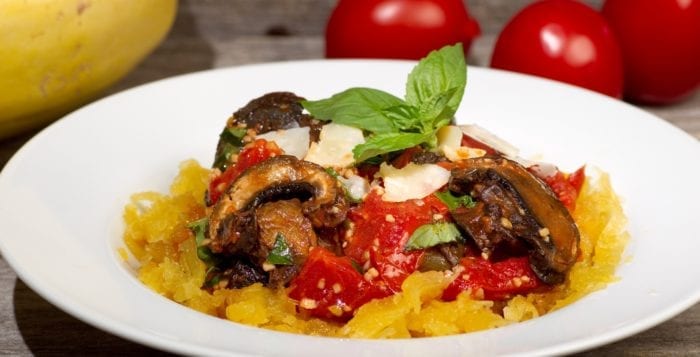
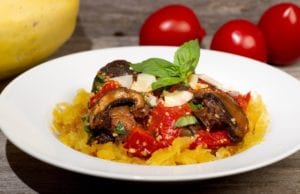
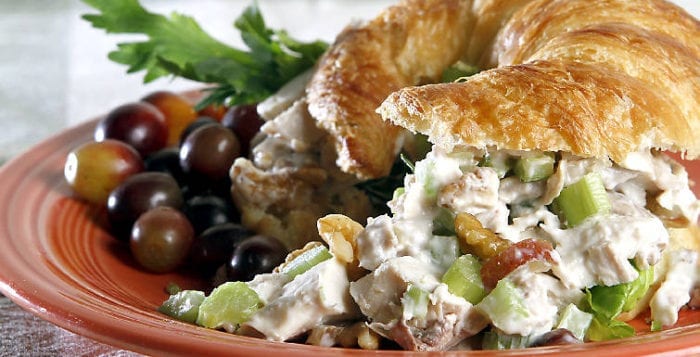
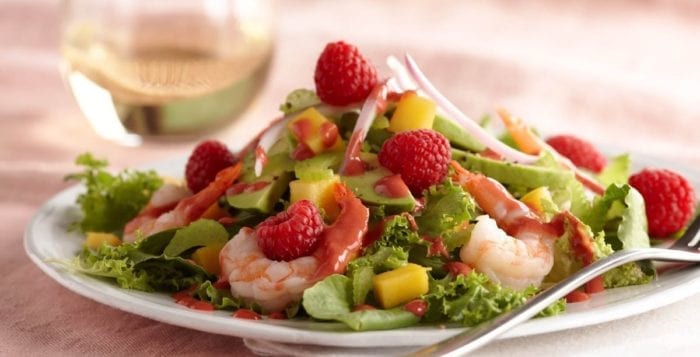
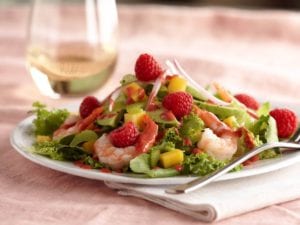
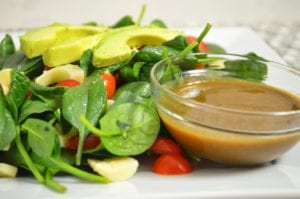 YIELD: Makes about ⅔ cup.
YIELD: Makes about ⅔ cup.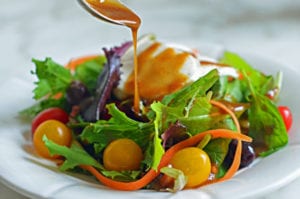 YIELD: Makes one cup.
YIELD: Makes one cup.